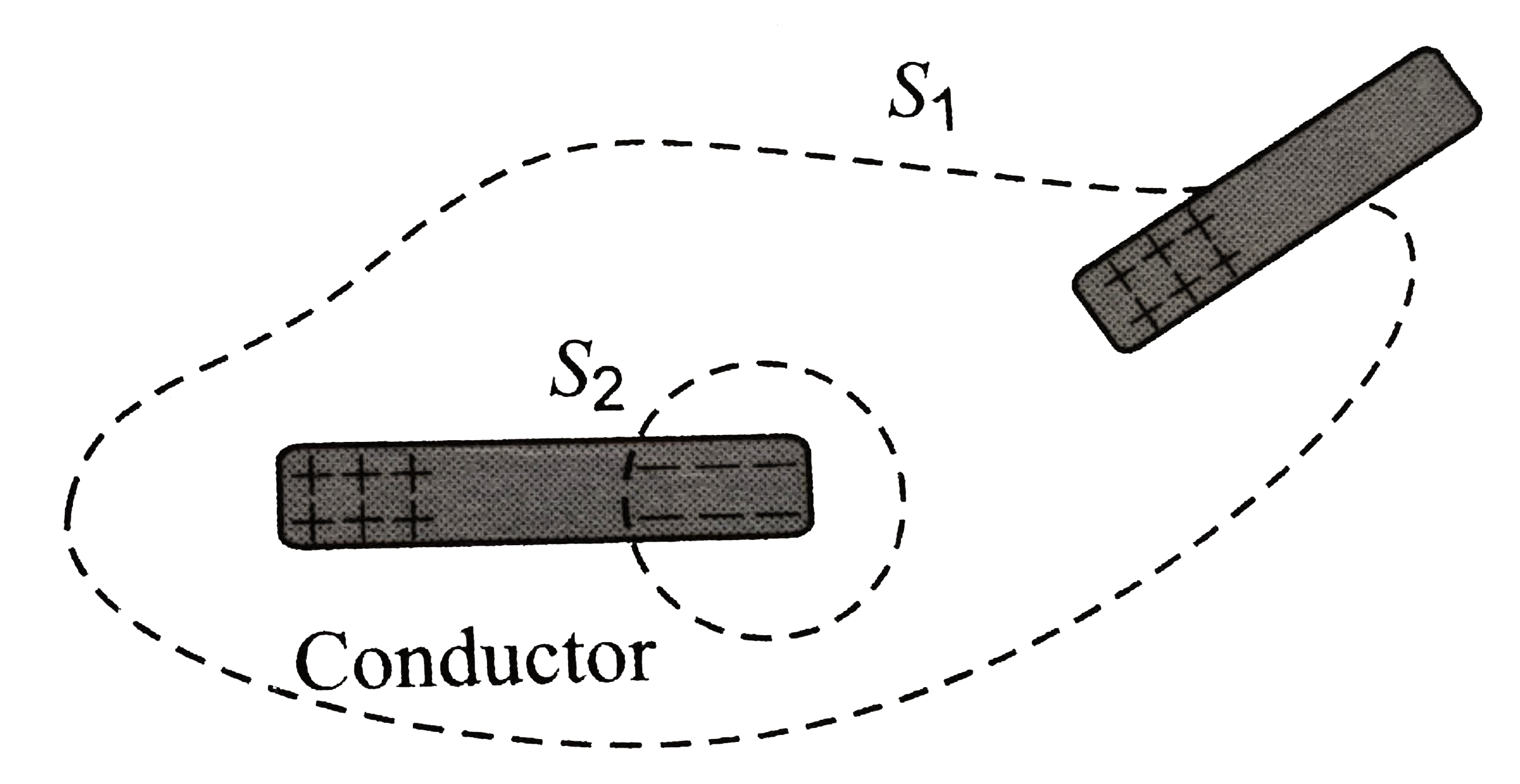Assertion: Conductors having equal positive charge and volume, must also have same potential.
Reason: Potential depends only on charge and volume of conductor.
If both Assertion and Reason are true and Reason is the correct explanation of Assertion.
If both Assertion and Reason are true but Reason is not correct explanation of Assertion.
If Assertion is true but Reason is false.
If both Assertion and Reason are false.
The correct Answer is:D
To solve the question, we need to analyze the assertion and reason given in the problem.
Step 1: Understanding the Assertion
The assertion states that "Conductors having equal positive charge and volume must also have the same potential."
- Analysis: This statement is not necessarily true. While conductors can have the same charge and volume, the potential of a conductor also depends on its shape and the distribution of charge. For example, two conductors with the same charge and volume but different shapes may have different potentials at a given point in space.
Step 2: Understanding the Reason
The reason states that "Potential depends only on charge and volume of the conductor."
- Analysis: This statement is also incorrect. The potential of a conductor is influenced not only by the total charge and volume but also by the geometry of the conductor and how the charge is distributed over its surface. The distance from the point where the potential is measured to the charge distribution plays a crucial role.
Step 3: Conclusion
Since both the assertion and the reason are incorrect, we can conclude that the correct answer is that both the assertion and the reason are false.
Final Answer
Both the assertion and the reason are false.
---
The assertion states that "Conductors having equal positive charge and volume must also have the same potential."
The reason states that "Potential depends only on charge and volume of the conductor."
Since both the assertion and the reason are incorrect, we can conclude that the correct answer is that both the assertion and the reason are false.
Both the assertion and the reason are false.
Topper's Solved these Questions
- ELECTROSTATIC POTENTIAL AND CAPACITORSBOOK - DC PANDEY ENGLISHCHAPTER - ELECTROSTATIC POTENTIAL AND CAPACITORSEXERCISE - (C) Chapter exercises
50 Videos
- ELECTROSTATIC POTENTIAL AND CAPACITORSBOOK - DC PANDEY ENGLISHCHAPTER - ELECTROSTATIC POTENTIAL AND CAPACITORSEXERCISE - (A) Chapter exercises
227 Videos
- ELECTROMAGNETIC WAVESBOOK - DC PANDEY ENGLISHCHAPTER - ELECTROMAGNETIC WAVESEXERCISE - Sec C
22 Videos
- ELECTROSTATICSBOOK - DC PANDEY ENGLISHCHAPTER - ELECTROSTATICSEXERCISE - Medical entrances gallery
37 Videos
Similar Questions
Knowledge Check
When a positive q charge is taken from lower potential to a higher potential point, then its potential energy will
Aremin the sameBincreaseCdecreaseDbecome zero
In the following question a statement of assertion (A) is followed by a statement of reason (R )
A : Electric potential of a positively charged body may be negative.
R : The potential of a conductor does not depend on the charge of the conductor.
View SolutionWhen a positive q charge is taken from lower potential to a higher potential point, then its potential energy will
View SolutionSome charge is being given to a conductor. Then its potential : -
View SolutionSTATEMENT-1 : A positively charged body, may have negative potential.
and
STATEMENT-2 : A positively charged body have electrons inside it.
View SolutionCharge on an originally uncharged conductor is separated by holding a positively charged rod very closely nearby, as shown in figure. Assume that the induced negative charge on the conductor is equal to the positive charge q on the rod. Then the flux through surface S1 is

View SolutionA number of spherical conductors of different radius have same potential. Then the surface charge density on them.
View SolutionIf a conductor has a potential V≠0 and there are no charges anywhere else outside, then
View Solution
